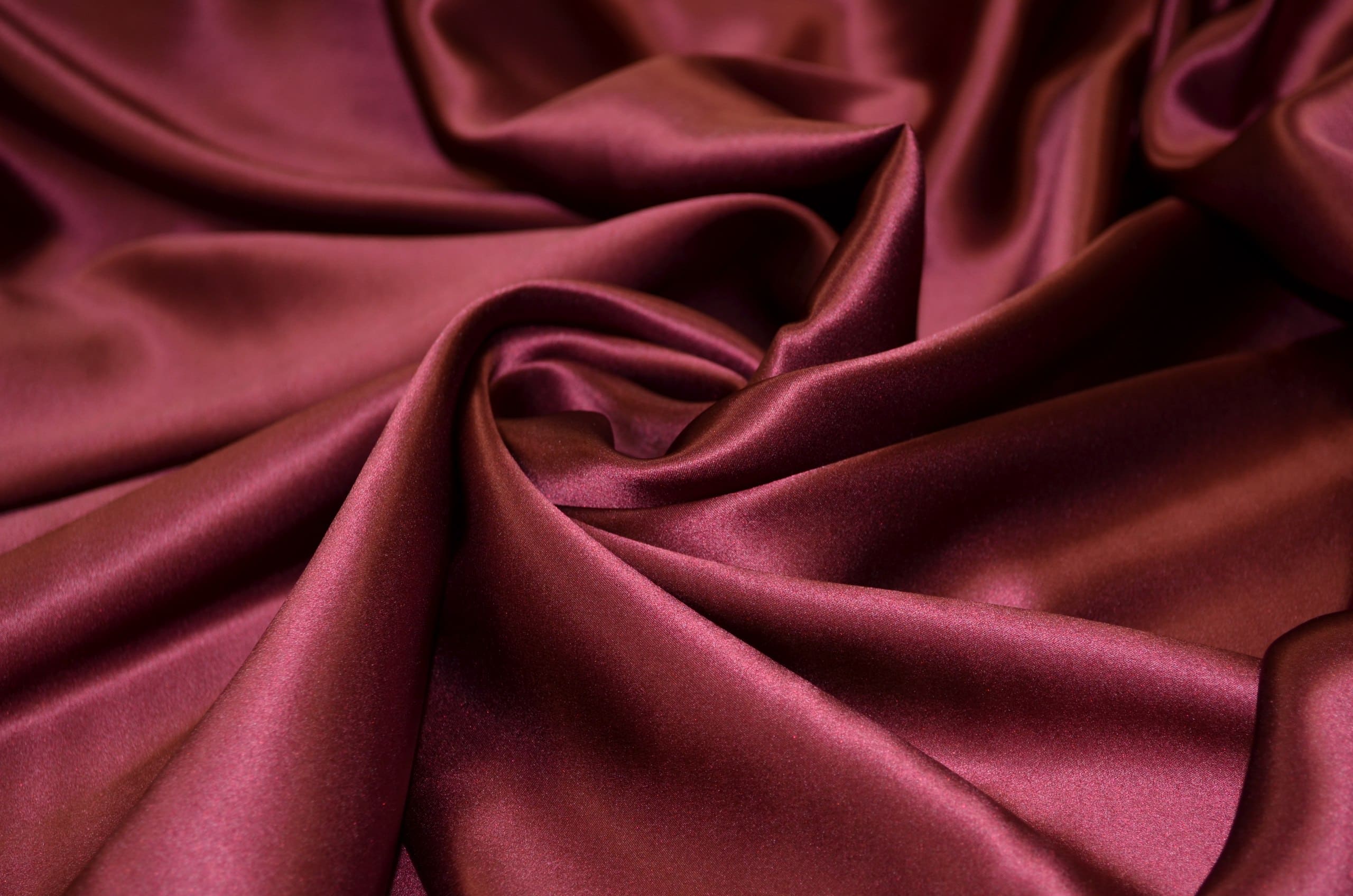How to distinguish real silk from artificial silk?

There are several types of artificial analogs of natural silk and at first glance it seems difficult to independently determine whether you are buying a natural product or trying to impose a fake on you. I would like to say right away that not all types of rayon are necessarily conditionally “bad” and “low-quality”. Moreover, there is unnatural silk with a quality higher than other similar artificial fabrics. For example, the so-called "mercerized" silk, which is so similar to natural that at first glance it is difficult to distinguish something (but it is still possible, having simple knowledge, and we will talk about this below).
And then a reasonable question arises - what then is the difference and such uniqueness of natural silk, if there are “good” analogues? It's simple. Artificial silk may be attractive externally, however, no material has yet been created that could compare with natural silk in terms of quality in wear and durability of use. After all, natural silk has such unique qualities as hygroscopicity, breathability, is able to adjust to your body temperature, does not promote the growth of bacteria, and also has high strength and durability, provided it is properly cared for.
So, having figured out why artificial types of silk are inferior to natural ones, we will learn to distinguish our beautiful material from fakes.
Immediately, we will exclude several methods of mechanical and chemical action on the fabric, which are not applicable if you buy a beautiful thing for long wear. Most likely, you will not try to tear it (natural silk is so strong that it does not tear with your hands, unnatural - it tears). You will not cut or unravel the edge of it, pull out the threads in order to check the flowability of the fabric (artificial silk crumbles heavily on the cut). You will not burn (real silk smells like burnt wool or feathers when burning, not natural - like burnt plastic or paper). And you will certainly not try to cook in alkali and similar chemicals to see how your natural product dissolves in a saucepan.
Moving on to real methods: look at the price - natural silk products are several orders of magnitude higher than similar artificial ones, and this price is justified. Do not believe if they want to sell you “real” silk much cheaper than its usual price - silk things cannot be cheap.
Also, a natural product can be easily identified by touch by applying it to the skin - you will not feel discomfort, but a gentle touch of the fabric, which immediately acquires the temperature of your body and seems to connect with it, like a second skin, while artificial silk feels cool and tough ...
Natural silk shines softly, muted and shimmers, as if sparkling in the sun. Artificial shines dull and rough, has no shades, therefore does not change its color in the light.
Try to wrinkle the fabric for a few seconds. Natural material does not form as strong creases as artificial material, the creases on which can be smoothed out only when exposed to an iron or steam. However, at the same time, there are always natural irregularities on the surface of natural silk, while artificial silk is unnaturally smooth.
Well, now you are savvy about the naturalness of silk fabric and can quickly distinguish it from artificial.
Take care of yourself - wear natural silk underwear and clothes for home, because comfort during home rest is most important, not to mention the aesthetic component of such clothes.
In order for your new thing to last a long time and not lose its appearance, you should always study the composition of the fabric and the symbols written on the label. Often, a thing can be spoiled without following the recommendations given by the manufacturer.
And to make it easier to understand them, we suggest that you familiarize yourself with the symbols for the care of products.
Silk underwear should be washed in cool water, and when machine washed, use water that has a temperature not exceeding 30 degrees. Silk linen must not be soaked or twisted. Such linen should be ironed with a warm iron from the wrong side, or steamed at a temperature intended for silk.
No posts found
Write a review




